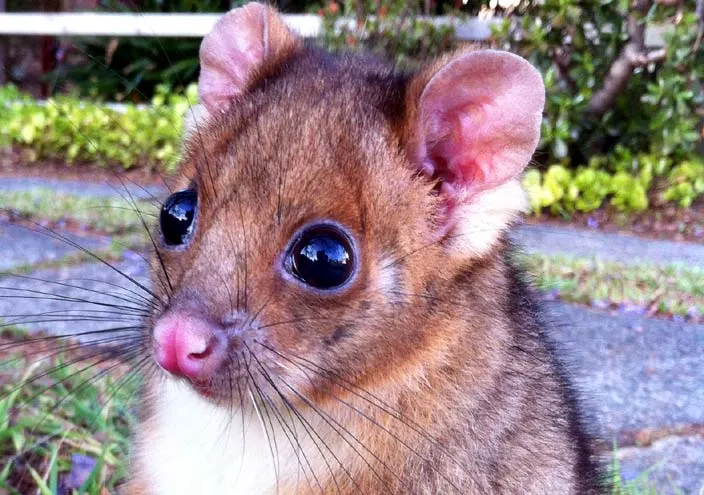Introduction
People know our harbour city for its stunning landscapes, iconic landmarks, and diverse wildlife but not so much for its possums. While the city celebrates picturesque beaches and a vibrant urban life, it’s also home to a unique and often misunderstood group of inhabitants: possums. Sydney possums, specifically the Common Brushtail and Common Ringtail possums, are fascinating creatures. They play a significant role in the city’s ecosystem. In this article, we’ll delve into the lives of these nocturnal neighbours and learn about their importance in our urban environment. They live in highly urbanised areas and are often found in the roofs of people’s houses.
The Common Brushtail Possum (Trichosurus vulpecula)
The Common Brushtail Possum is perhaps the most recognizable of our city’s possums. These marsupials are known for their lovely bushy tails, which resemble a bristle brush. Their fur varies in color from grey to brown, and they have large, round eyes adapted for nighttime activity. Common Brushtail Possums are primarily arboreal. That is, they spend their days in tree hollows and emerging at dusk to forage for food.
Brushtail Possum Feeding Habits and Diet
Brushtail Possums are herbivores with a varied diet. They feed on a combination of leaves, flowers, fruits, and even the occasional insect. Their adaptability to urban environments has allowed them to make use of introduced plant species like roses and camellias, but they also feed on native flora.
Nocturnal Lifestyle of Sydney possums
Common Brushtail Possums are predominantly nocturnal, which means they are most active during the night. They have evolved to thrive in low-light conditions and are well-equipped for navigating tree canopies and rooftops with ease. Our city’s residents often hear their distinctive calls, which can range from gentle hisses to sharp screeches, during the nighttime hours.
Brushtail Habitat and Urban Adaptation
In their natural habitat, Brushtail Possums inhabit forests and woodlands. However, they have shown remarkable adaptability to urban environments. With the loss of their native habitats due to urbanization, these possums have taken up residence in suburban gardens, parks, and even the heart of the city itself. They utilize roof spaces and tree hollows as shelter, making them frequent visitors to suburban homes.
Brushtail Conservation and Protection
While Common Brushtail Possums may be seen as a nuisance by some due to their occasional nocturnal disturbances or foraging habits, they play a crucial role in maintaining the balance of our ecosystem. These possums help control insect populations and disperse seeds, aiding in the growth of native vegetation. Consequently, they are protected under Australian law. It is illegal to harm or relocate them without proper permits.
Common Ringtail Possum (Pseudocheirus peregrinus)
The Common Ringtail Possum is another of our city’s possum species. These smaller, more delicate possums are known for their prehensile tails with a distinctive white tip. They are primarily folivores, meaning they mainly eat leaves, and have a diet composed of eucalyptus leaves, flowers, and a variety of other plant matter.
Sydney Possums Social Behaviour
Common Ringtail Possums are often more social than their Brushtail counterparts. They build spherical nests, known as dreys, which are made of twigs and leaves. These nests serve as both shelters and communal resting places. It’s not uncommon to spot multiple Ringtail Possums in a single drey, cuddled up together for warmth and safety.
Urban Adaptation
Just like Brushtail Possums, Common Ringtail Possums have adapted to urban life. They are frequently found in gardens, parks, and green spaces, using their strong tails to balance on powerlines and branches as they move through the urban canopy.
Conclusion
Our possums, both Common Brushtail and Common Ringtail, are intriguing nocturnal creatures. They have successfully adapted to the urban environment while retaining their essential roles in the ecosystem. As our city continues to grow and develop, it’s important for residents to coexist peacefully with these native animals, appreciating their unique characteristics and the vital part they play in preserving the city’s natural balance. By understanding and respecting these nighttime visitors, we can ensure that our city remains a vibrant and diverse habitat for all its inhabitants, human and possum alike.


About the author